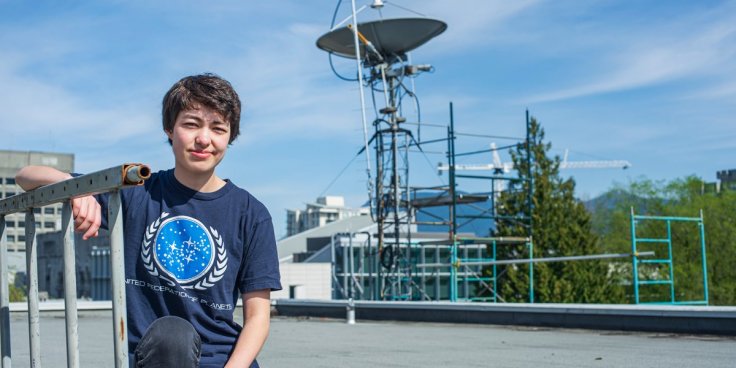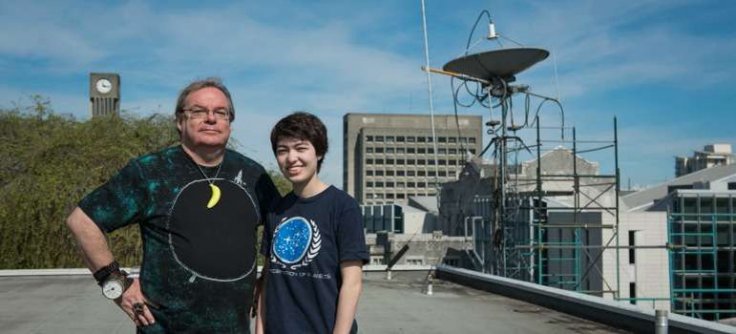A University of British Columbia (UBC) Astronomy student recently found 17 new planets including one which is potentially habitable. The UBC student has made these discoveries by combing through data gathered by NASA's Kepler mission, which was a four-year mission that ended in 2018.
It should be noted that during this space mission Kepler satellite looked for planets, especially those that lie in the habitable zones of their stars, where liquid water could exist on a rocky planet's surface.
Recent space discoveries by youngsters
In January, reports revealed that Wolf Cukier, a teen NASA intern had discovered a distant planet orbiting a pair of stars. The status of the planet, TOI 1338b, was confirmed by the New York teen during his internship at the US space agency.
Soon after that another intern at the US space agency Jennifer Briggs, who is a Pepperdine University physics student, spotted the oddly twisting aurora in three-year-old observations from all-sky cameras on the ground in Svalbard, Norway while doing an internship with NASA.

Recent exoplanet discovery by UBC student
Michelle Kunimoto is the UBC student who found four exoplanets when she was working on her undergraduate degree. Now, the doctoral candidate, Kunimoto, has detected additional 17 planets, while one of them was found within the habitable zone of its star, where liquid water could exist on a rocky planet's surface. However, it should be noted that that habitable exoplanets are of particular interest to Kunimoto and her research studies.
The new findings were published on Thursday, February 27 in The Astronomical Journal. In a statement, Kunimoto revealed that the potentially habitable planet, earth-sized world, is about "A thousand light-years away, so it will take a lot of time to visit the exoplanet. However, she also mentioned that "This is a really exciting find since there have only been 15 small, confirmed planets in the Habitable Zone found in Kepler data so far."
What is KIC-7340288 b?
It should be noted that the potentially habitable exoplanet which is about 1.5 times the size of the earth is not gaseous, as it has a rocky surface like the blue planet. A year in this newly found exoplanet is equalled to almost 142.5 earth days. The planet's orbit is slightly larger than Mercury's path around our sun and receives a third of sunlight earth gets from the big star of the solar system.
Kunimoto said that every time a planet passes in the form of a star, it blocks a portion of the light from the star and causes a temporary decrease in the star's brightness. She also added that by detecting these dips or transits "you can start to piece together information about the planet, such as its size and how long it takes to orbit."
Kepler mission

Most of these exoplanets were significantly larger than the earth, almost eight times. Thanks to the Kepler mission which helped Kunimoto to make these findings. Even though the mission has ended, the data collected during the space mission will help astronomers in future projects.
The scientists involved in the Kepler mission found 2,899 exoplanet candidates and 2,681 confirmed exoplanets in our galaxy. This mission also paved the path to discovering that 20 percent to 50 percent of the stars which we can see in the night sky are likely to have small, rocky, earth-size planets within their habitable zones.
Along with fellow university alumnus Henry Ngo, a PhD candidate at the California Institute of Technology, Kunimoto conducted a follow-up investigation of the planets she discovered. They observed the planets using the Gemini North eight-metre Telescope in Hawaii, as well as its Near InfraRed Imager and Spectrometer instruments. In future, Kunimoto has planned to take a closer look at the known exoplanet census collected by Kepler so far and search for more planets within the habitable zone.









